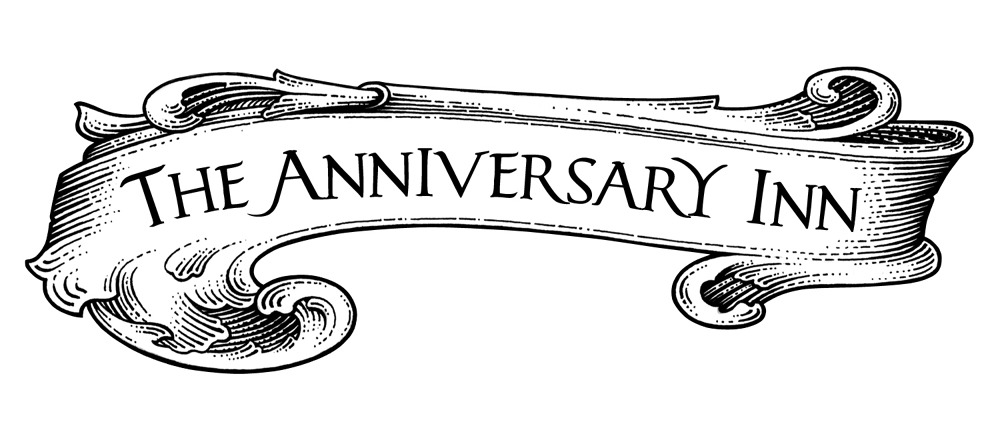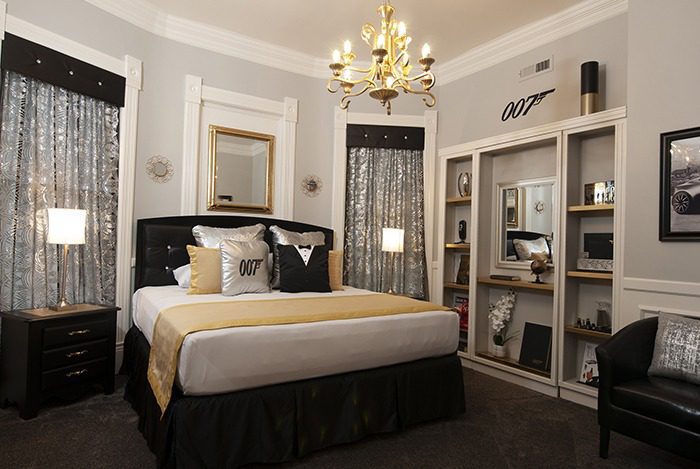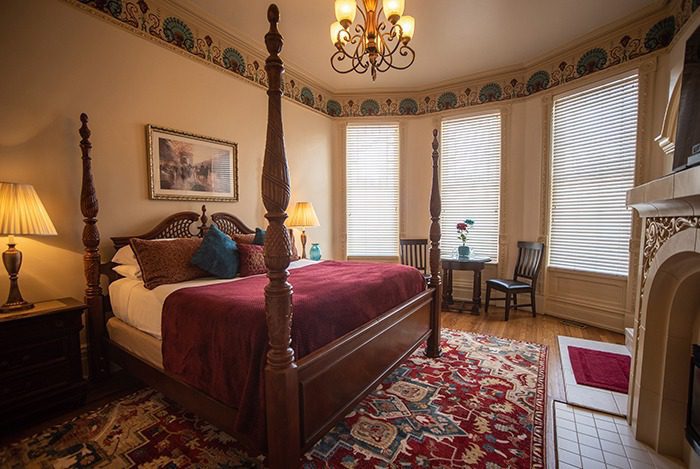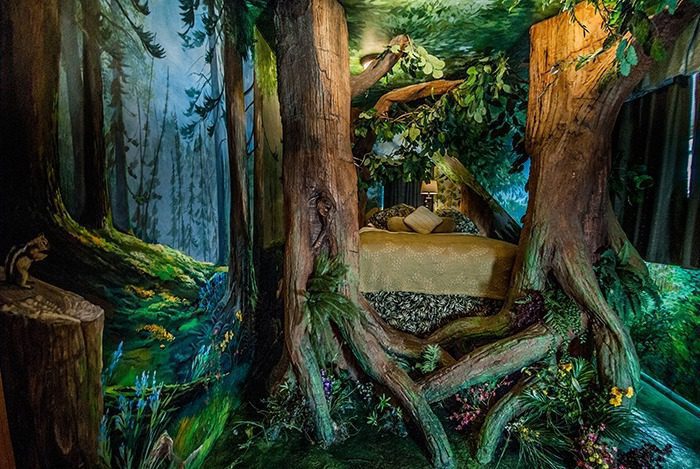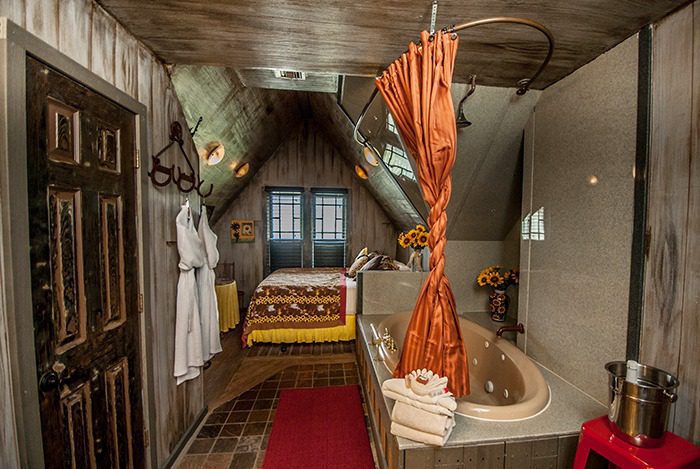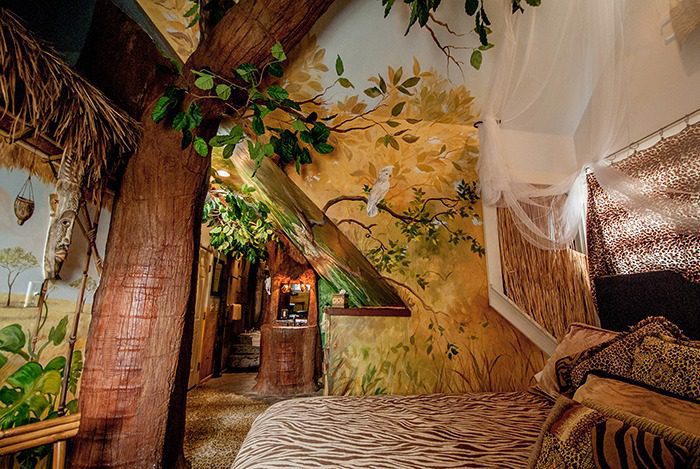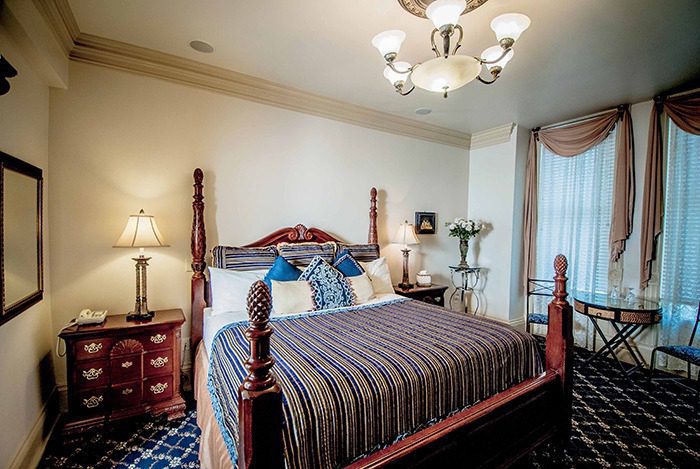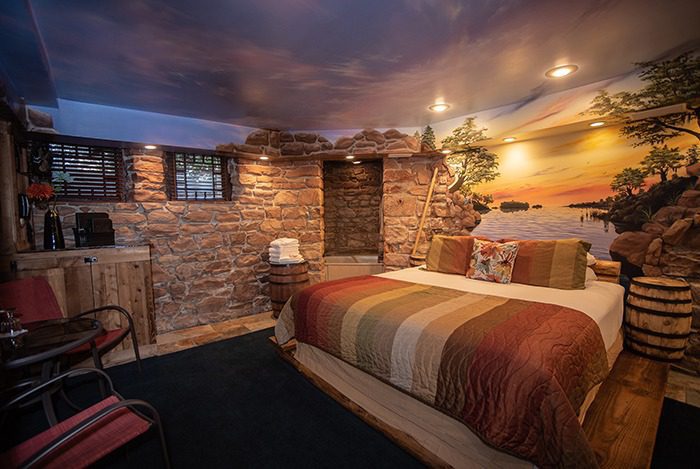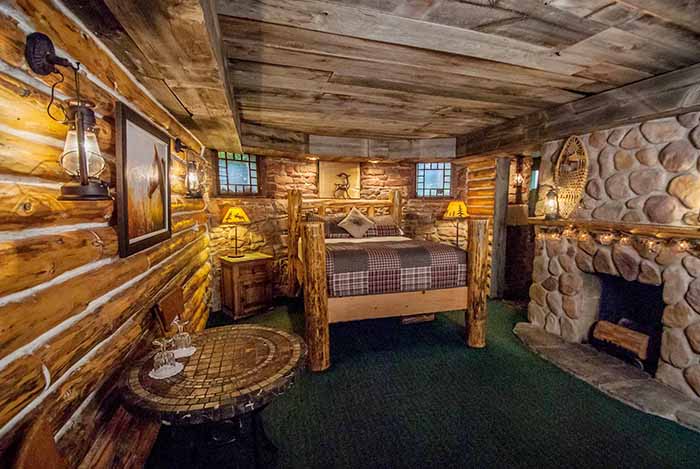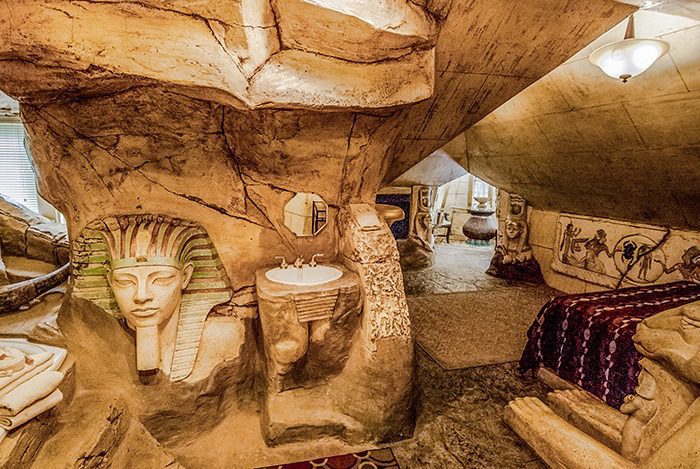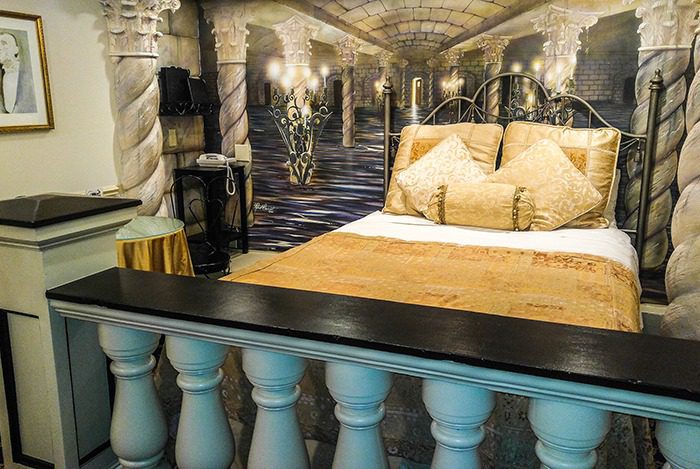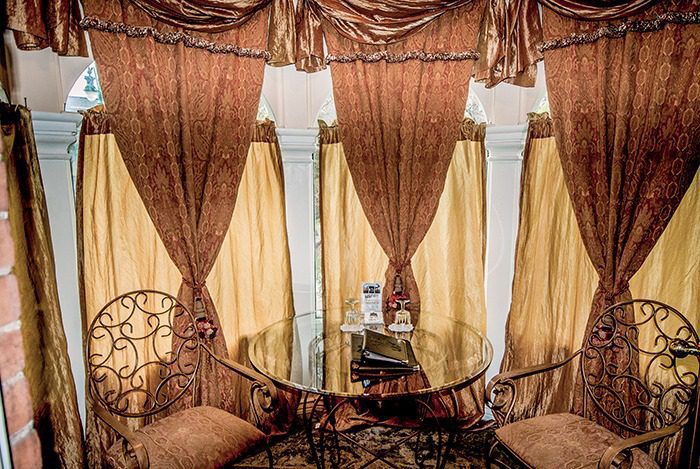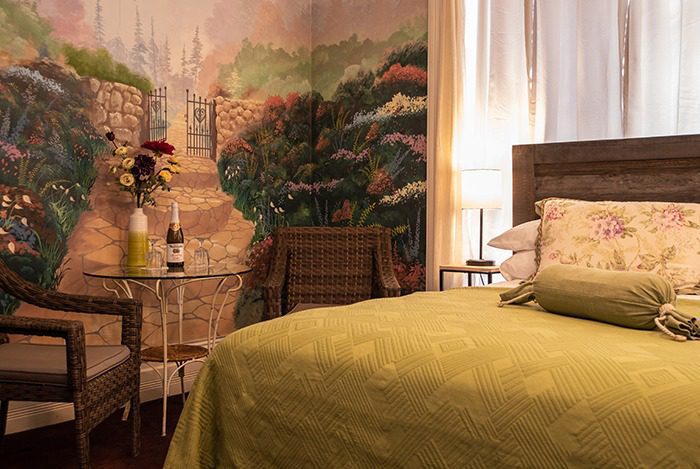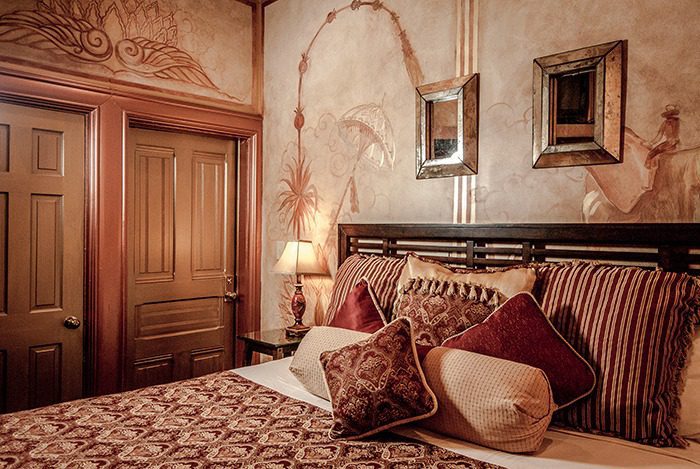SOUTH TEMPLE SUITES
678 East South Temple • Salt Lake City, UT 84102 • 801-363-4950
#7-007
Emerald Suite
#5-The Anniversary Inn Suite
Emerald Suite
#12-Enchanted Forest
Emerald Suite
#11-Hayloft
Ruby Suite
#13-Jungle Safari
Emerald Suite
#4-The Kahn Mansion
Ruby Suite
#2-Mississippi Serenade
Ruby Suite
#3-Mountain Hideaway
Ruby Suite
#10-Mysteries of Egypt
Emerald Suite
#1-Phantom of the Opera
Ruby Suite
#6-Savanna Nights
Emerald Suite
#8-Secret Garden
Ruby Suite
#9-Sultan's Palace
Emerald Suite
